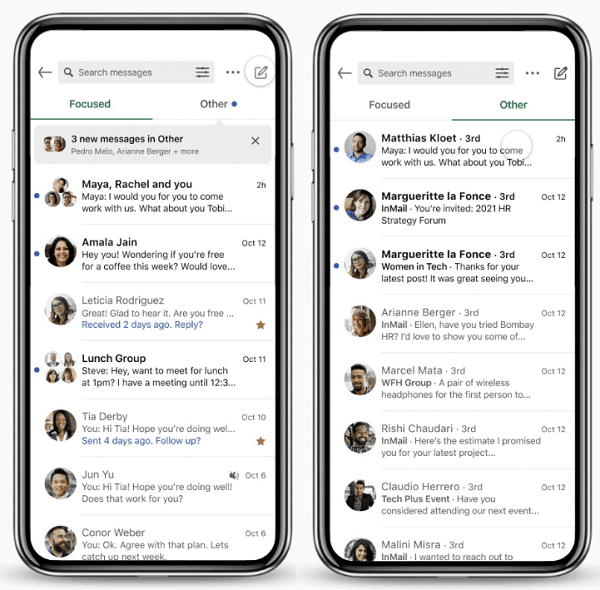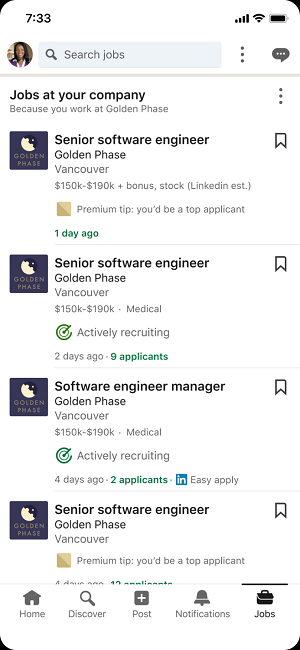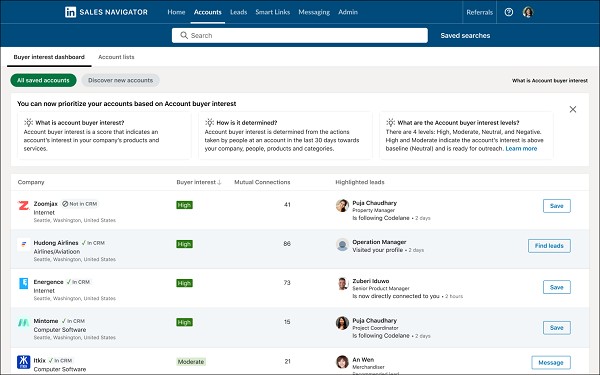LinkedIn’s looking to help members better manage their LinkedIn inbox, by filtering out more of the junk, with a new ‘Focused Inbox’ UI, which will essentially re-route less valuable messages into an ‘Other’ tab in your LinkedIn message stream.

As you can see in this example, LinkedIn’s Focused Inbox update will now provide you with two separate InMail tabs – ‘Focused’ and ‘Other’. Though ‘Other’ could just as easily be labeled ‘Spam’ – and it’ll also be interesting to see where LinkedIn’s Sponsored InMails end up in this separation.
Like, a lot of those are junk too, but I’m guessing that LinkedIn’s not going to shift them over to the ‘You Can Ignore These Messages’ section if brands are paying to promote them.
As explained by LinkedIn:
“[The Focused Inbox] is an intelligent, dual-tabbed display that makes it easier to find and respond to the messages that matter most by categorizing incoming messages into two tabs. Your most relevant messages will appear on the Focused tab while the rest remain easily accessible on the Other tab. You can also easily move messages between the tabs.”
LinkedIn also notes that, over time, your inbox will become smarter based on how you use it, essentially learning what you think is junk, and filtering accordingly.
It’ll be interesting to see how LinkedIn’s categorization process works, which will dictate the ultimate effectiveness (or not) of this approach, while it’s also good to see LinkedIn looking to utilize more machine learning tools to better personalize the user experience.
I suspect it won’t have a huge impact, but then again, for people who get a lot of LinkedIn messages, it could be a great way to cut down the time it takes to manage requests of potential value, versus random cold pitches in the app.
LinkedIn’s also looking to better assist people in finding existing opportunities within the company that they currently work for, with a dedicated ‘Jobs at your company’ element in the Jobs tab that will showcase newly listed roles within your organization.

This, ideally, will help to close the gap that often exists in larger organizations where people miss out on internal promotions because they simply weren’t aware such options existed.
“By showing employees relevant public jobs from their company on LinkedIn, we can (a) help employees find better-suited opportunities for their next play, (b) allow employees to compare internal and external opportunities side-by-side, and (c) help employers retain great talent by helping their employees connect with internal opportunities.”
LinkedIn’s also adding new ways to showcase your soft skills, via written or video responses to common hiring questions that you can share on your profile, while it’s also expanding its investment into machine-translated captions in different languages to provide broader access to LinkedIn Learning courses.
On another front, LinkedIn’s also added some new analytics elements to its Sales Navigator professional platform, including a new Account Dashboard which will display a listing of saved accounts, and their relative level of interest, based on AI-determined signals.

“With new alerts about accounts showing intent in the Homepage Highlights section and a Buyer Intent filter in Search, your teams will now have buyer intent information as part of their day-to-day Sales Navigator workflow, making it as easy as possible to prioritize the right accounts at the right time.”
LinkedIn says that this is the first of many new analytics features to come for Sales Navigator, which will utilize various signals and activities from across the platform to provide more indicators of potential buyer interest.
It’ll be interesting to see how accurate these lead indicators are – though with so many professional conversations happening in the app, LinkedIn should, theoretically, be able to come up with a formula for determining interest, at least for active members and businesses.
And again, it’s good to see LinkedIn working on new ways to utilize machine learning to sort its various data inputs, and provide a better experience.
Thus far, LinkedIn hasn’t really been able to tap into its unmatched database of professional insights, but maybe, through advanced machine learning on its huge dataset, it’s moving towards the next stage of becoming a critical companion for all HR and business professionals, by facilitating guidance on various fronts that can lead to smarter decisions.



